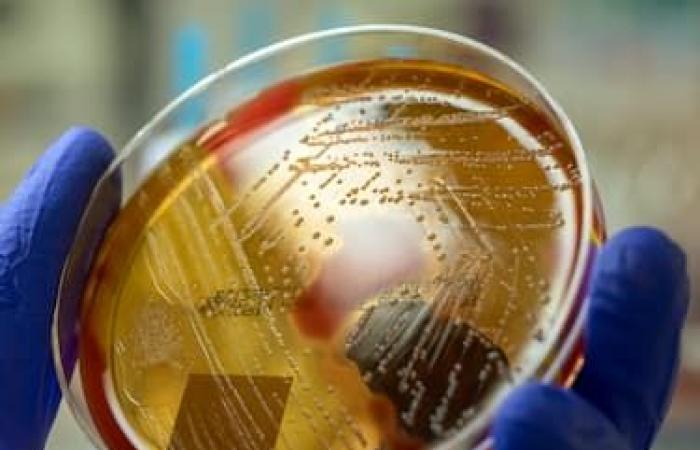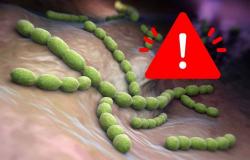In Japan, cases and deaths related to a rare but serious type of bacterial infection are growing: streptococcal toxic shock syndrome (STSS), a dangerous and highly deadly infection, often nicknamed the “flesh-eating disease”, due to its ability to cause gangrene and necrosis of the infected tissues and connective tissues covering the muscles. From the beginning of the year to March, according to the latest available data, reported by CNN, around 77 died due to the infection.
977 cases in 6 months: the numbers
As of June 2, the Japanese Ministry of Health reported the diagnosis of 977 annual cases of streptococcal toxic shock syndrome. Number that exceeds the previous negative record recorded last year, with 941 infections, the highest figure since statistics began in 1999. Also in 2023, the Japanese National Institute for Infectious Diseases recorded 97 deaths due to STSS , the second highest number of infection-related deaths recorded in the last 6 years, in Japan.
read also
Japan, alarm over growth of streptococcal infections: the symptoms
What is streptococcal toxic shock syndrome
Streptococcal toxic shock syndrome is a rare but serious bacterial infection that can develop when bacteria manage to spread into deep tissues and the bloodstream. According to the US Centers for Disease Control and Prevention (CDC), most patients who contract this disease have other health factors that would reduce their ability to fight infections, such as cancer or diabetes. Initial symptoms generally include fever, muscle pain and vomiting. However, symptoms can quickly worsen, resulting in low blood pressure, swelling, and multiple organ failure. In more serious cases, this infection can also cause necrosis of the connective tissues covering the muscles. Furthermore, it is characterized by a particularly high mortality rate of around 30%. According to the CDC, “even with treatment, STSS can be fatal.”
The main bacterium responsible for the infection
Most cases are caused by group A streptococcus (Gas) bacteria. In rare circumstances, Streptococcus A can become invasive by producing a toxin that allows it to access the bloodstream, causing serious illnesses such as toxic shock.
SUBSCRIBE TO THE SKY TG24 WHATSAPP CHANNEL







